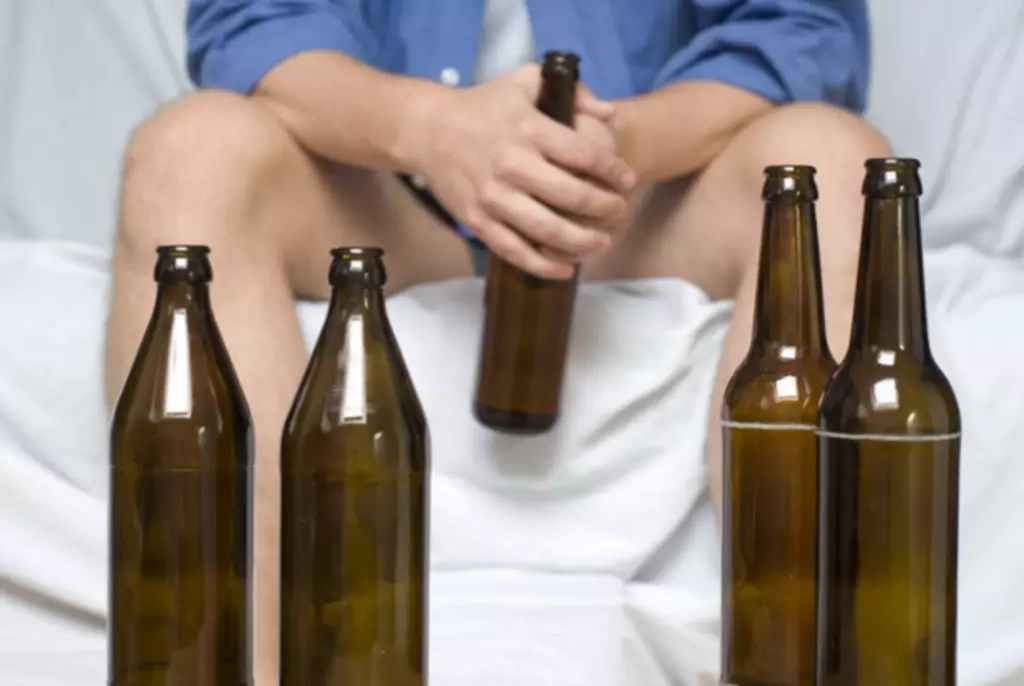Content
DSMES services are a vital tool to help you manage and live well with diabetes while protecting your health. But don’t let fear keep you from taking good care of yourself. Ask your diabetes treatment team for help when you need it. Limiting the amount of alcohol you drink will help prevent this condition. Neurologically, patients are often agitated but may occasionally present lethargic on examination.
People who go on a major alcohol binge often vomit repeatedly and stop eating. If the vomiting and starvation go on for a day or more, the liver’s normal stores of sugar (glucose) decrease. The low glucose stores combined with lack of food intake cause low blood glucose levels. Without insulin, most cells cannot get energy from the glucose that is in the blood.
Symptoms of Alcoholic Ketoacidosis
If your body is not producing insulin, ketone bodies will begin to build up in your bloodstream. This buildup of ketones can produce a life-threatening condition known as ketoacidosis. Anytime you’re sick or your blood sugar is 240 mg/dL or above, use an over-the-counter ketone alcoholic ketoacidosis symptoms test kit to check your urine or a meter to test your blood for ketones every 4 to 6 hours. You should also test for ketones if you have any of the symptoms of DKA. Elevated ketones are a sign of DKA, which is a medical emergency and needs to be treated immediately.
Laboratory analysis plays a major role in the evaluation of a patient with suspected alcoholic ketoacidosis. High ketones can be an early sign of DKA, which is a medical emergency. Call 911 if your ketones are high and you can’t reach your doctor. Elevated ketones are a sign of DKA, which is a medical emergency and needs to be treated right away.
How is alcoholic ketoacidosis treated?
Ketones build up in the blood and eventually spill over into the urine. Ongoing treatment in an intensive care unit might be necessary, depending on the condition’s severity. Additional conditions and complications may require https://ecosoberhouse.com/article/what-spiritual-malady-means/ extra care. Patients often need hydration, potassium repletion and dextrose injections to stimulate insulin production. Every patient is different, and careful monitoring is essential during the treatment process.
- Fat cells begin breaking down, producing compounds called ketones.
- People who drink large quantities of alcohol may not eat regularly.
- Joining a local chapter of Alcoholics Anonymous may provide you with the support you need to cope.
In addition to isotonic fluid replacement, dextrose-containing intravenous fluids are needed. Intravenous dextrose-containing fluid infusions should be stopped once the bicarbonate levels have reached mEq/L and the patient is tolerating oral intake. This typically occurs 8 to 16 hours after the initiation of treatment.2 Alcohol withdrawal in these patients should be aggressively managed with intravenous benzodiazepines. Carbohydrate and fluid replacement reverse this process by increasing serum insulin levels and suppressing the release of glucagon and other counterregulatory hormones and by providing metabolic substrate. Dextrose stimulates the oxidation of the reduced form of nicotinamide adenine dinucleotide (NADH) and aids in normalizing the ratio of NADH to nicotinamide adenine dinucleotide (NAD+). Read more due to vomiting, resulting in a relatively normal pH; the main clue is the elevated anion gap.
Exams and Tests
Ethyl alcohol oxidizes at a rate of 20 to 25 mg/dL per hour in most individuals. The accompanying lack of alcohol in the patient’s body and the fact that for some time, the only source of calories that a patient has is ethanol both contribute to the clinical syndrome that we see. There are many ways to prevent diabetic ketoacidosis and other diabetes complications. If you have diabetes or you’re at risk of diabetes, learn the warning signs of diabetic ketoacidosis and when to seek emergency care. Another common sign of ketoacidosis is a distinct breath smell. The alcoholic ketoacidosis smell is like acetone or nail polish remover, noticeable when someone exhales ketone molecules.
- Ketones build up in the blood and eventually spill over into the urine.
- The body’s cells require both glucose and insulin to operate.
- Your body gets the glucose it needs from the food you eat, in the form of sugar, and your pancreas produces insulin.
- Diabetic ketoacidosis (DKA) is a serious complication of diabetes that can be life-threatening.
The patient may benefit from an alcohol rehabilitation program. Alcoholic ketoacidosis is caused by very heavy alcohol use. It most often occurs in a malnourished person who drinks large amounts of alcohol every day. You can prevent alcoholic ketoacidosis by limiting your alcohol intake. You can learn how to reduce your alcohol intake or eliminate it altogether.
Mortality specifically due to AKA has been linked to the severity of serum beta-hydroxybutyric acid in some studies. It should be used as an indicator of the severity of the disease.[13] Identifying these high-risk patients can help set the intensity of monitoring required for the patient to ensure optimal patient outcomes are achieved. Excessive drinking can lead to frightening conditions like ketoacidosis. The risk of developing this condition is one of the reasons an alcohol use disorder is dangerous.

If severe hypokalemia is present dextrose containing fluids can be held until potassium levels are normalized. Other electrolyte abnormalities concomitantly present with alcohol abuse and poor oral intake include hypomagnesemia and hypophosphatemia. Magnesium and phosphate levels should be measured and repleted if the serum levels are found low. A 49-year-old male with a history of alcohol abuse presents to the ED with complaints of generalized abdominal pain and vomiting for the last 36 hours. The patient is well-known to the department for alcohol-related visits and continues to drink daily.
Though alcoholic ketoacidosis can be reversible, it’s best to prevent it by limiting alcohol intake and never consuming alcohol on an empty stomach. For those with alcohol use disorders, professional treatment is necessary to stop excessive drinking. In general, exogenous insulin is contraindicated in the treatment of AKA, because it may cause life-threatening hypoglycemia in patients with depleted glycogen stores. In most cases, the patient’s endogenous insulin levels rise appropriately with adequate carbohydrate and volume replacement. Insulin may be required in patients with diabetes who have AKA.

